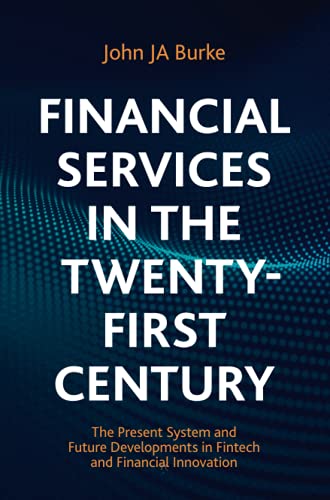
Financial Services in the Twenty-First Century PDF
216 Pages·2021·33.1127 MB·other
Most books are stored in the elastic cloud where traffic is expensive. For this reason, we have a limit on daily download.
Preview Financial Services in the Twenty-First Century
Description:
This textbook covers financial systems and services, particularly focusing on present systems and future developments. Broken into three parts, Part One establishes the public institutional framework in which financial services are conducted, defines financial service systems, critically examines the link between finance, wealth and income inequality, and economic growth, challenges conventional paradigms about the raison d’être of financial institutions and markets, and considers the loss of US financial hegemony to emerging regional entities [BRICS]. Part Two focuses on financial innovation by explaining the impact of the following technologies: cryptography, FinTech, distributed ledger technology, and artificial intelligence. Part Three assesses to what extent financial innovation has disrupted legacy banking and the delivery of financial services, identifies the main obstacles to reconstructing the whole financial system based upon “first principles thinking”: Nation State regulation and incumbent interests of multi-national companies, and provides a cursory description of how the pandemic of COVID-19 may establish a “new normal” for the financial services industry. Combining rigorous detail alongside exercises and PowerPoint slides for each chapter, this textbook helps finance students understand the wide breadth of financial systems and speculates the forthcoming developments in the industry.
See more
The list of books you might like
Most books are stored in the elastic cloud where traffic is expensive. For this reason, we have a limit on daily download.
